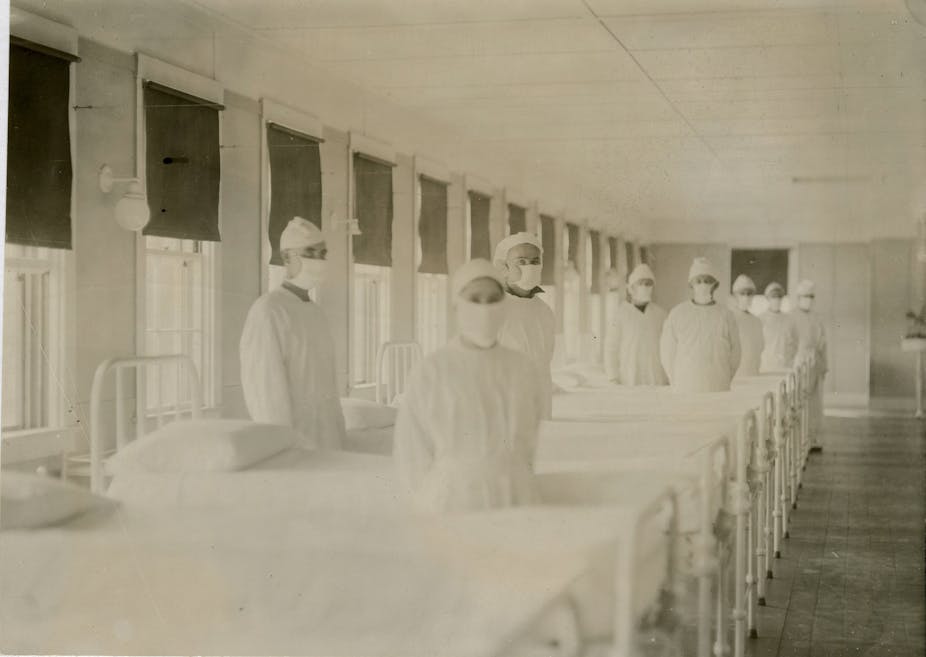If I should die, think only this of me: that there’s some corner of a foreign field
That is forever England. There shall be
In that rich earth a richer dust: concealed;
A dust whom England bore, shaped, made aware…
–– The Soldier by Rupert Brooke
Described by WB Yeats as: “the handsomest young man in England”, the 28-year-old Rupert Brooke was commissioned in the Royal Navy Volunteer Reserve as a Sub-Lieutenant. Without seeing combat, he died aboard a French hospital ship, from a mosquito bite that turned septic. He lies in a corner of an olive grove on the Greek Island of Skyros.
Some 37 million soldiers and civilians died between 1914 and 1918, and Brooke experienced a much calmer passing than many of our Anzacs. Unlike Simpson of donkey fame, most were not English-born, though the idea of Empire was still central to the Australian culture.

Up until the first world war, Brooke’s fate – to die of infection rather than wounds – was the norm for soldiers.
Apart from being the Gallipoli centenary, 2015 also marks 150 years since the end of the American Civil war, where repeating rifles and machine guns were used for the first time. In that conflict, which came just at the time Pasteur was establishing the germ theory of infectious disease, and Semmelweis and Lister were initiating the linked practices of medical hygiene and antiseptic surgery, deaths from infection versus combat were roughly four to one.
At Gallipoli, 5,482 were killed in action, 2,012 succumbed from their wounds (bacterial sepsis would have contributed) and 665 died of disease. Our troops were vaccinated against typhoid on the voyage to Egypt, and both the intensity of fighting and the dry conditions may have influenced these statistics, along with major improvements in surgical and nursing practice.
By the second world war, with sulfonamides and then antibiotics (penicillin was available by D-day), the deaths from infection versus combat were one-to-nine for US troops.
On the Western Front, the soldiers of the 1st Australian Imperial Force (AIF) were to suffer, along with everyone else, the constancy of lice infestations and the horrors of trench foot, which could lead to amputation and was best dealt with by having a supply of dry socks and smearing the feet with whale grease.
Whale grease also protected fighter pilots from the blow-back from the machine guns firing right in front of their face. The first world war was bad for whales!

Then there was the five-day trench fever caused by Ricketttsia Quintana, while thousands died of tetanus and gangrene.
The nursing sisters and Voluntary Aid Detachment members who cared for them suffered from:
severe infections, especially to their hands, from the suppurating wounds they tended. The women too caught the diseases of the trenches: typhus, dysentery, mumps and influenza.
Influenza in Australian nurses provides, of course, the dramatic conclusion for Tom Keneally’s fine first world war novel, The Daughters of Mars.
Causing the death of some 40 million people worldwide, it was the 1918 influenza pandemic that helped bring the conflict to an end by weakening the armies of both sides. Neither admitted to the problem, and it’s known quite wrongly as the “Spanish influenza”.
The first influenza A virus was not isolated until the 1930s so, while everyone came to understand that this scourge of 1918-19 was a viral pneumonia (a bacterial vaccine failed), nothing could be done beyond careful nursing.
There’s debate concerning the origins of the 1918 virus, with some believing a less virulent form (seen first in British soldiers) was already raging in 1916-17. Others argue that it really took off in a Kansas recruitment camp and was brought across to France in US troopships. Whichever was the case, the Americans, who came late to the war (1917) were very hard hit, suggesting that a prior, milder infection may have protected some who were there in the earlier years.
Overall, looking at the US military (including those who were never near the front), the deaths from infection versus combat were about two to one, compared with 1.1 to one for other allied troops.

Between July 1918 and February 1919, historian Humphrey McQueen records that 10% of the Australian soldiers in Britain contracted influenza (a symptomatic diagnosis) and 209 died.
Perhaps protected by the long voyage out, the disease did not get to Australia until mid-1919, though it hit New Zealand (in a much more severe form) considerably earlier.
Then, for the returned Australian soldiers, more than 3,000 later died of tuberculosis and so many – with lungs irreversibly damaged by gas attacks – suffered severely from various respiratory infections.
Born in 1940, I was taught by some of these damaged men, and by the single women who lost their prospective life partners in this terrible catastrophe. I can’t think of 1914-18 without a profound sense of grief. I never heard a single one of those veterans (or the second world war cohort that followed) speak of the glories of war.
This article is based on a talk I gave on 20 May as part of the University of Melbourne’s public Anzac Centenary Lectures series (@uomFreeLectures). The next Anzac Centenary lecture is June 11 and the series runs until August 27.

